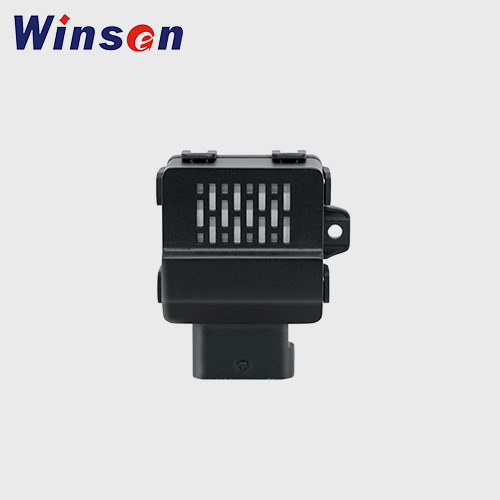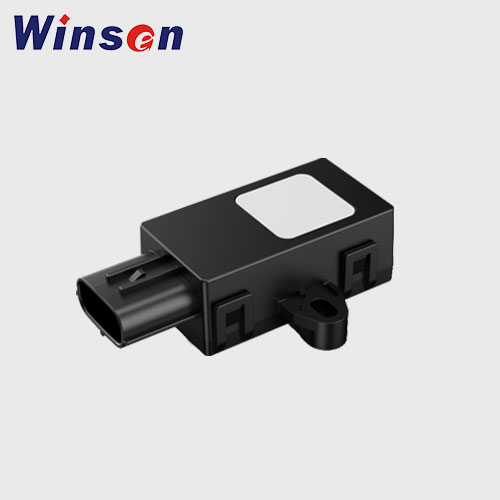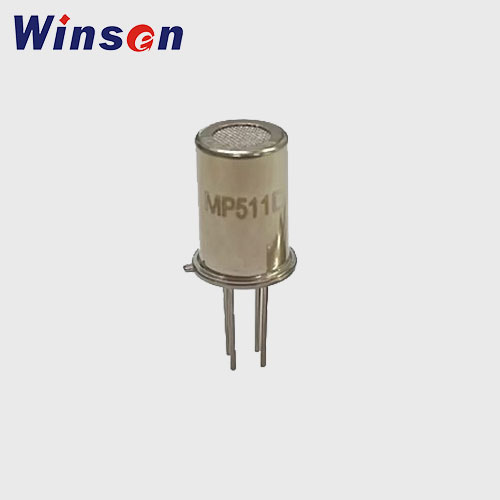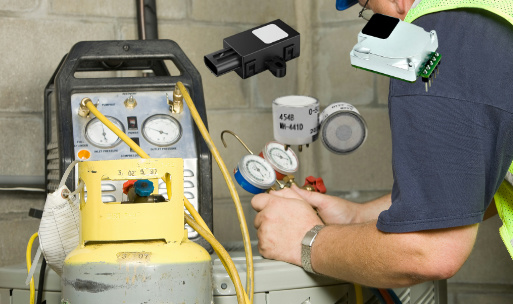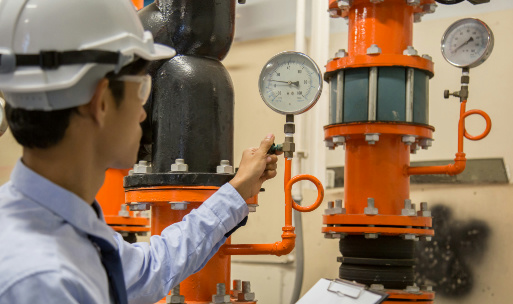R410A Refrigerant: Properties, Applications, Advantages, and Environmental Impact
R410A is a widely used hydrofluorocarbon (HFC) refrigerant that has replaced older refrigerants like R22 in residential and commercial air conditioning systems. Known for its high cooling efficiency, zero ozone depletion potential (ODP), and improved environmental performance, R410A has become the industry standard for many HVAC applications.
This article provides an in-depth analysis of R410A, including its chemical composition, properties, applications, advantages, environmental impact, safety considerations, and future trends.
Chemical Composition and Properties of R410A
Chemical Composition
R410A is a blend of two HFC refrigerants:
-
R32 (Difluoromethane) – 50%
-
R125 (Pentafluoroethane) – 50%
This binary mixture is a near-azeotropic blend, meaning it behaves almost like a single-component refrigerant, with minimal fractionation during phase changes.
Physical and Chemical Properties
| Property | Value |
|---|---|
| Chemical Formula | CH₂F₂ (R32) + C₂HF₅ (R125) |
| Molecular Weight | 72.58 g/mol |
| Boiling Point | -48.5°C (-55.3°F) |
| Critical Temperature | 72.5°C (162.5°F) |
| Critical Pressure | 4.86 MPa (705 psi) |
| Ozone Depletion Potential (ODP) | 0 (Zero) |
| Global Warming Potential (GWP) | 2,088 |
| Density (liquid) | 1.08 g/cm³ |
| Latent Heat of Vaporization | 270 kJ/kg |
R410A has higher pressure compared to R22, requiring specialized components and equipment designed to handle its characteristics.
More About Refrigerant: https://www.winsen-sensor.com/knowledge/what-is-a-refrigerant.html
Advantages of R410A Refrigerant
Superior Cooling Efficiency
- R410A has a higher heat absorption capacity, making it more efficient than R22.
- Improved heat transfer properties lead to better energy savings and cooling performance.
Zero Ozone Depletion Potential (ODP)
- Unlike R22, which contains chlorine and depletes the ozone layer, R410A has zero ODP, making it environmentally friendly in this regard.
Improved System Performance
- Operates at higher pressures, which allows for smaller, more efficient components in HVAC systems.
- Provides quicker cooling with lower energy consumption.
Compatibility with New HVAC Technologies
- R410A systems use polyolester (POE) oils, which are more stable and efficient compared to mineral oils used in R22 systems.
- Works well with inverter-based air conditioners, improving performance and reducing electricity costs.
Widely Available and Industry Standard
- R410A is now the default refrigerant in most modern HVAC systems, making it easy to find and service.
Applications of R410A Refrigerant
R410A is used in various cooling and heating applications, including:
Residential and Commercial Air Conditioning
- Used in split AC units, central air conditioning, and heat pumps.
- Provides efficient cooling and heating in residential, office, and commercial buildings.
Industrial Refrigeration
- Used in chillers and process cooling systems.
- Common in pharmaceutical, food processing, and manufacturing industries.
Heat Pumps
- Used in geothermal and air-source heat pumps for heating and cooling applications.
- Provides high energy efficiency and reliable performance in cold climates.
Automotive Air Conditioning (Limited Use)
- Some vehicle manufacturers have used R410A in electric and hybrid vehicle AC systems, but R134a and R1234yf are more common in the automotive industry.
Environmental Impact of R410A
While R410A has zero ODP, it has a high Global Warming Potential (GWP) of 2,088, making it a significant contributor to climate change if leaked into the atmosphere.
Comparison of R410A vs. Other Refrigerants
| Refrigerant | ODP | GWP | Common Application |
|---|---|---|---|
| R22 | 0.05 | 1,810 | Older AC systems (Phased Out) |
| R410A | 0 | 2,088 | Modern AC and heat pumps |
| R32 | 0 | 675 | Newer AC systems |
| R134a | 0 | 1,430 | Automotive AC |
| R1234yf | 0 | 4 | Low-GWP automotive AC |
Due to its high GWP, many countries are now phasing out R410A in favor of lower-GWP alternatives like R32 and R454B.
Safety and Handling Considerations
Higher Operating Pressures
- R410A operates at 50–70% higher pressure than R22, requiring specialized equipment.
- HVAC technicians need pressure-rated components and proper training to handle it safely.
Non-Toxic and Non-Flammable
- R410A is classified as an A1 refrigerant, meaning it has low toxicity and is non-flammable under normal operating conditions.
- However, high concentrations in enclosed spaces can cause oxygen displacement and pose an asphyxiation risk.
Refrigerant Leaks and Environmental Impact
- If released into the atmosphere, R410A contributes significantly to global warming.
- Proper leak detection, maintenance, and safe recovery practices are essential.
Future of R410A and Alternative Refrigerants
Due to regulations like the Kigali Amendment and EU F-Gas Regulations, many countries are moving towards low-GWP refrigerants.
Replacement Options for R410A
- R32 (GWP = 675)
- Used in newer AC units as a replacement for R410A.
- Higher efficiency and lower GWP but slightly flammable.
- R454B (GWP = 466)
- A blend of R32 and R1234yf, offering lower environmental impact.
- Expected to replace R410A in heat pumps and AC systems.
- R466A (GWP = 733)
- A non-flammable alternative being developed as a drop-in replacement for R410A.
Regulations and Phase-Out Timeline
- The U.S. EPA and European Union have begun phasing out R410A in favor of lower-GWP refrigerants.
- Many manufacturers are redesigning HVAC systems to accommodate new refrigerants.
Winsen Refrigerant Sensor Solution
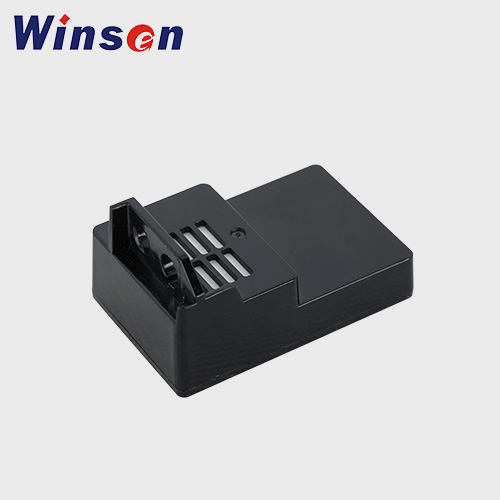
ZRT512C-B Refrigerant Detection Module - Low Voltage Power Supply
- R32/R454B/R290
- 0 - 50%LFL
- Read More

ZRT512C-A Refrigerant Detection Module - Wide Voltage Power Supply
- R32/R454B/R290
- 0 - 50%LFL
- Read More
Future Trends in R-32 Refrigerant Use
Increasing Global Adoption
- Countries are phasing out high-GWP refrigerants due to climate regulations.
- Many HVAC manufacturers have committed to using R-32 in new air conditioning units.
Regulations and Compliance
- R-32 is approved under the Kigali Amendment to the Montreal Protocol, which aims to reduce HFC emissions.
- Many countries have adopted strict energy efficiency and refrigerant management standards.
Potential Alternatives to R-32
- R-454B and R-466A are emerging as potential alternatives to R-32, but their adoption is still limited.
- R-32 is expected to remain a dominant refrigerant for air conditioning in the coming decades.
Conclusion
R410A has played a crucial role in modern HVAC systems, providing efficient cooling and heating while eliminating ozone depletion concerns. However, due to its high GWP, the industry is transitioning to environmentally friendly alternatives like R32 and R454B.
